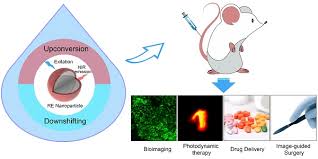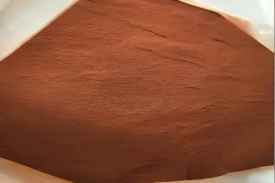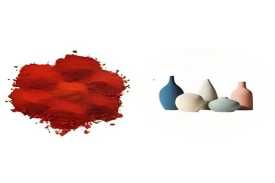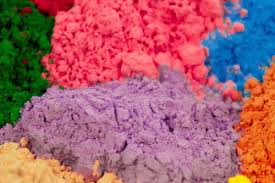Infrared absorption characteristics of rare earth materials and infrared imaging technology
Introduction
Infrared technology has a wide range of applications in the military, medical, industrial, and other fields. Rare earth materials are important functional materials that possess unique advantages in terms of infrared absorption characteristics and infrared imaging technology. UrbanMines Tech Co., Ltd. specializes in researching, developing, producing, and supplying rare earth compounds to users worldwide. A significant portion of these high-quality products is utilized for infrared absorption purposes. The R&D department of UrbanMines compiled this article to address technical inquiries from our customers.
Infrared absorption characteristics of rare earth materials :
Rare earth materials are composed of rare elements and have unique electronic structures and physical properties, making them
The 3f electron shell structure of rare earth ions makes their energy levels split greatly, thus leading to
Rare earth materials have rich emission and absorption capabilities in the infrared band.
The infrared absorption characteristics of rare earth materials depend on their chemical composition and crystal structure.
Materials (such as cerium oxide, dysprosium oxide, etc.) show strong absorption ability in the infrared band, and their absorption peaks are usually located at
In the 3-5 micron or 8-14 micron band. Fluoride rare earth materials (such as yttrium fluoride, cerium fluoride, etc.)
It has good infrared absorption performance in a wide range.
In addition to chemical composition and crystal structure, the infrared absorption characteristics of rare earth materials are also affected by external conditions.
For example, changes in temperature and pressure can cause the absorption peak of rare earth materials to shift or deform.
The force-sensitive absorption properties make rare earth materials valuable for applications in infrared thermal imaging and infrared radiation measurement.
Value.
Application of rare earth materials in infrared imaging technology :
Infrared imaging technology is a technology that uses the radiation characteristics of objects in the infrared band to perform imaging.
As an infrared-absorbing material, it has the following applications in infrared imaging technology:
1. Infrared thermal imaging
Infrared thermal imaging technology obtains images by measuring the radiation temperature distribution of objects in the infrared band.
Detect the heat distribution and temperature changes of the target. The infrared absorption characteristics of rare earth materials make them an ideal target for infrared thermal imaging.
One of the most important materials in technology. Rare earth materials can absorb infrared radiation energy and convert it into heat energy.
By detecting and processing the infrared radiation of an object, the object's
Thermal distribution images enable non-contact and non-destructive detection of targets.
2. Infrared radiation measurement
The infrared absorption characteristics of rare earth materials can also be applied to infrared radiation measurement.
The radiation characteristics of the body in the infrared band are used to study the thermodynamic properties of the object, such as surface temperature, radiation flux, etc.
The infrared absorption characteristics of soil materials enable them to absorb infrared radiation, thereby measuring the infrared radiation of the object being measured.
By measuring the intensity and spectral characteristics of infrared radiation, relevant parameters of the target object can be obtained and further studied.
Study the thermodynamic and radiation properties of objects.

In conclusion
Rare earth materials have good infrared absorption properties, which makes them very useful in infrared absorption and infrared imaging technology.
The infrared absorption characteristics of rare earth materials depend on their chemical composition, crystal structure, and external.
In infrared imaging technology, rare earth materials can be used in infrared thermal imaging and infrared radiation measurement.
The unique characteristics of rare earth materials provide new ideas and methods for the development of infrared technology.
With the in-depth study of the infrared absorption characteristics of rare earth materials, their application in infrared technology will become more extensive and profound.
Enter.









